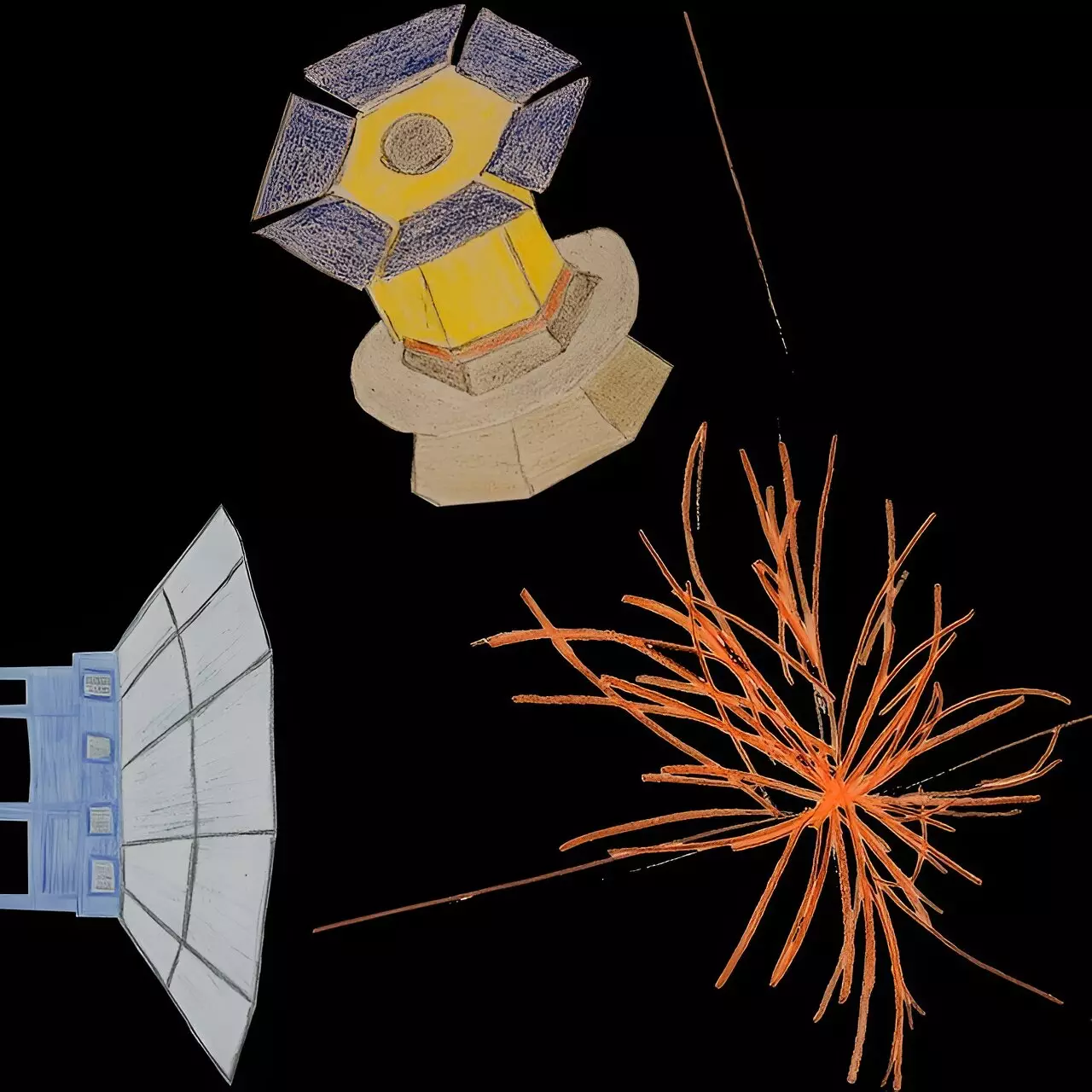Astrophysical research projects are gearing up for the next decade, with a focus on cosmic microwave background (CMB) experiments. These endeavors aim to detect and study CMB radiation, which is a remnant of thermal radiation from the early universe. Researchers at Université Catholique de Louvain in Belgium have uncovered the potential of upcoming CMB observations with the Japanese LiteBIRD satellite or the CMB Stage 4 (CMB-S4) observatories to measure the coupling of the inflaton field to other particles for the first time. This groundbreaking research could shed light on the connection between cosmic inflation and particle physics, offering a deeper understanding of the universe’s early history.
The study by Drewes and Ming is driven by their shared fascination with the intertwining realms of particle physics and cosmology. Building on previous research conducted by Drewes, this recent paper marks a significant step in exploring the fundamental theories that underpin the universe’s evolution since the Big Bang. Lei Ming’s involvement in the project, which stemmed from his earlier work as a visiting PhD student at UCLouvain, highlights the collaborative nature of scientific exploration across borders and disciplines.
At the core of the study lies the concept of cosmic reheating, a critical process that followed the inflationary expansion of the early universe. This phase, which filled the universe with a hot plasma, set the stage for the subsequent “hot Big Bang” that led to the formation of our cosmos. Drewes and Ming delve into the interactions between the inflaton field and other particles during reheating, emphasizing the role of the inflaton coupling in shaping the universe’s initial conditions. By leveraging CMB data and advanced experimental techniques, the researchers aim to unveil the mysteries of cosmic reheating and its implications for particle physics.
To model the complex process of reheating, researchers employ a combination of particle physics techniques, including quantum field theory and statistical mechanics. At the heart of their approach lies the Schwinger-Keldysh formalism, which provides a framework for describing nonequilibrium quantum processes in dense media. By utilizing Bayesian statistics and the sensitivity of future CMB detectors to primordial gravitational waves, Drewes and Ming pave the way for a deeper understanding of the inflaton coupling and its impact on cosmic evolution.
The results of the study underscore the potential of future CMB experiments in probing the connection between cosmic inflation and particle physics. By showcasing the feasibility of measuring the inflaton coupling and its implications for early universe dynamics, Drewes and Ming’s research opens up new avenues for scientific inquiry. The researchers hope that their findings will spur further support from organizations like the National Science Foundation (NSF) to advance CMB research, enabling groundbreaking discoveries in astrophysics and cosmology.
The intersection of cosmic microwave background experiments and particle physics holds immense promise for uncovering the fundamental principles that govern the universe’s evolution. Through meticulous research and innovative methodologies, scientists like Drewes and Ming are pushing the boundaries of knowledge and shedding light on the origins of our cosmic existence. As we embark on a new era of astrophysical exploration, the potential for groundbreaking discoveries and paradigm-shifting insights is greater than ever before.


Leave a Reply